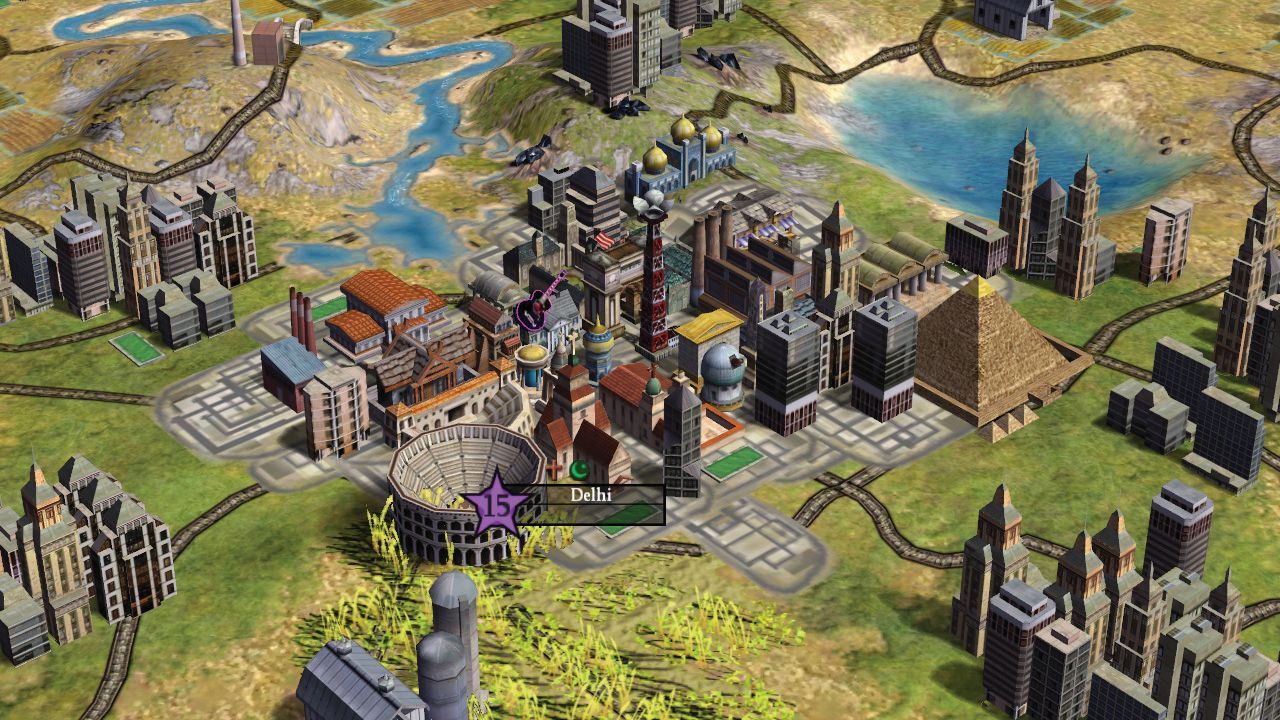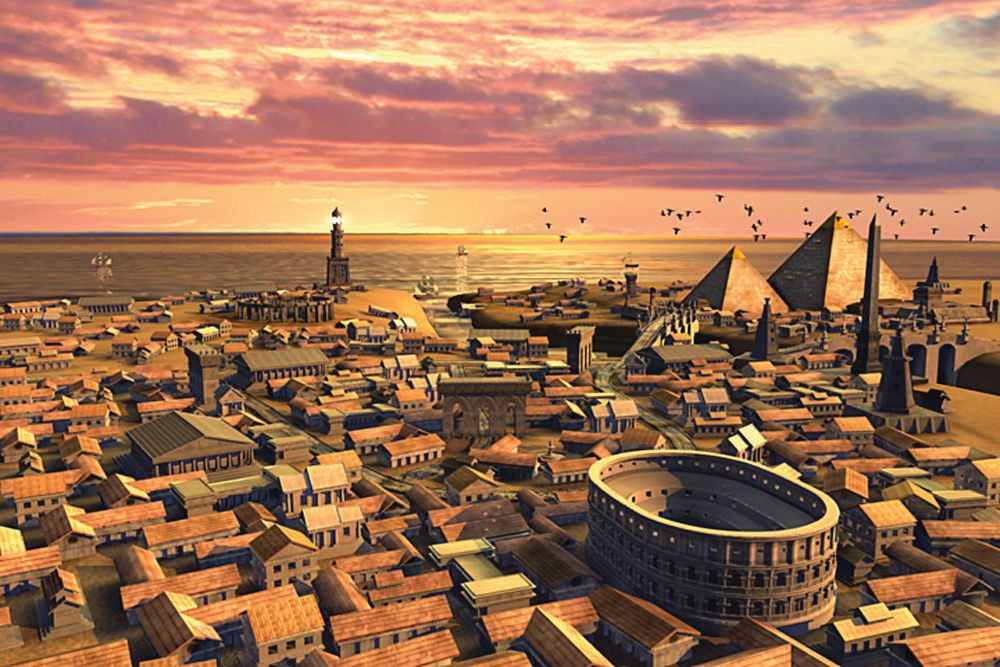The complete history of Civilization
26 years of conquest, building and Montezuma being a bit of a dick.
Civilization IV
The next generation of Civilization.

After cutting his teeth on Civilization III, Soren Johnson became the next torchbearer. It was the first in a new generation of Civilizations, built with a new 3D engine, accessible modding and multiplayer. And when it came to deciding what shape it would take, Johnson wasn’t going to give any feature a free pass.
“One thing I had a strong conviction about was that we weren’t going to do anything by default,” Johnson explains. “We weren’t going to adopt anything from the previous games by default. It’s not necessarily the most high-minded concept, but it meant that I was going to start from scratch and re-evaluate everything.”
He wanted to place the focus on the big picture, not the tiny details, removing things like corruption and introducing religion. From other games came ideas like unit upgrades. Johnson had played Alpha Centauri, and was inspired by the armoury system. The Civilization IV version is simpler, but keeps the essence, the important decisions and different paths. This philosophy is also echoed in how Johnson approached the development of civilisations.
“I felt like the previous games didn’t offer a lot of interesting choices about how you could develop terrain and manage citizens. In previous games it was pretty sparse, basically mines and farms. I wanted people—I think this has become a theme for the way I make games, and you can see it in Offworld Trading Company—to have a reason to play differently each time they started a new game.”


Soren Johnson
Johnson’s first designer job was on Civilization III, and he now runs Mohawk Games.
The map became littered with resources that ranged from cotton to iron, luxury and strategic goods that could be harvested by placing the appropriate building on them. But many of these resources were locked behind era-specific technologies, meaning when and if the player got access was largely up to them.
For all the new features, Civilization IV’s most dramatic changes were broader in scope. “There were a lot of things that were really development and productionstyle innovations or priorities,” Johnson recalls. And that included multiplayer. “It’s no secret that Civ has had a problematic history with multiplayer. One of the defining features of Civ IV is we also built it, initially, as a multiplayer game, not as a singleplayer game. So we knew that every system worked in multiplayer.
The biggest gaming news, reviews and hardware deals
Keep up to date with the most important stories and the best deals, as picked by the PC Gamer team.
“We were playing multiplayer games during the first two or three months of development,” Johnson continues. “They were rudimentary, but you don’t really need a lot of mechanics to have a fun experience with other people. We actually made a lot of progress just by being able to base it off these play sessions we had every week. It was a revelation.”
There was a 3D engine to play with as well—a first for the series. It represented a huge graphical leap, but while the upgrade was a welcome one, it was the enhanced legibility that made all the difference when it came to navigating the map. It was easier to understand what you were looking at, be it a city or a piece of terrain, and what was happening there. Accompanying this was a slight change in perspective, too.“
It was actually a big fight between me and the artists for how the grid system would work. The 3D system in Civ IV is like a chessboard. It’s straight ahead. Artists hated that. Even though it was 3D, they still wanted that diagonal board, and I’ve always felt that it makes the distance between tiles confusing. If you move two tiles east to west versus two tiles north to south, you literally move twice as far, so it really obfuscates how close things are on the map.”

The changes to the map weren’t kept in its successor, Civilization V, which made the move to hexes. Johnson’s a bit wistful about that. “We were a bit afraid of hexes at the time.” But many features developed or established in Civilization IV have continued through the last two games.
“If none of this had happened, Civilization would still be a landmark title. If Civ II had flopped, Civ I would still be important. But I feel like the franchise begins with Civ IV because the blueprint for how to keep iterating sort of starts there. There’s a path that’s been followed by Civ V and Civ VI, in terms of the amount of stuff you add to the game, how you manage things and the expansion format.”
Halfway through development, the game was dropped by its publisher and sold to Take-Two. Yet Johnson remained confident. “I saw so many things that I thought needed to be improved from Civ III.” That confidence paid off for the team, and Civilization IV went on to become a series favourite. It even managed to be the first game to win a Grammy, thanks to Christopher Tin’s stirring Baba Yetu theme.

Fraser is the UK online editor and has actually met The Internet in person. With over a decade of experience, he's been around the block a few times, serving as a freelancer, news editor and prolific reviewer. Strategy games have been a 30-year-long obsession, from tiny RTSs to sprawling political sims, and he never turns down the chance to rave about Total War or Crusader Kings. He's also been known to set up shop in the latest MMO and likes to wind down with an endlessly deep, systemic RPG. These days, when he's not editing, he can usually be found writing features that are 1,000 words too long or talking about his dog.

